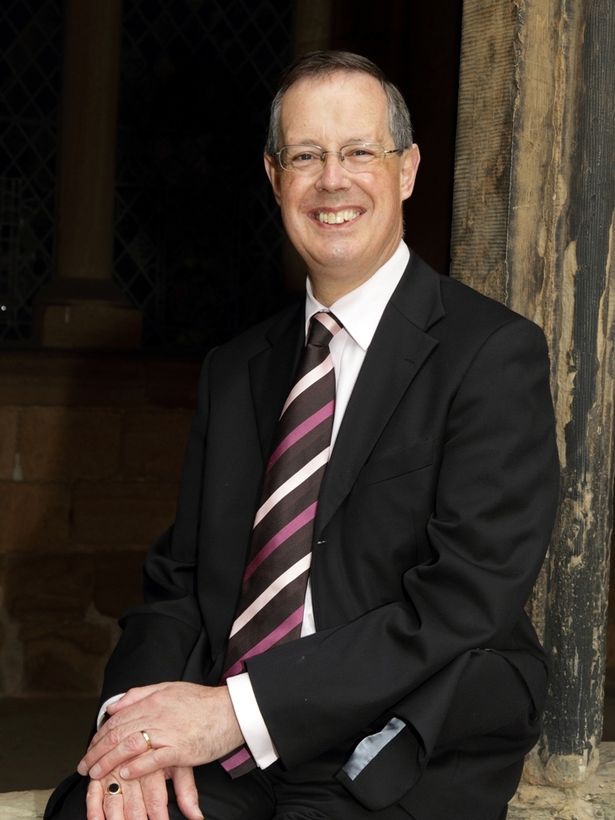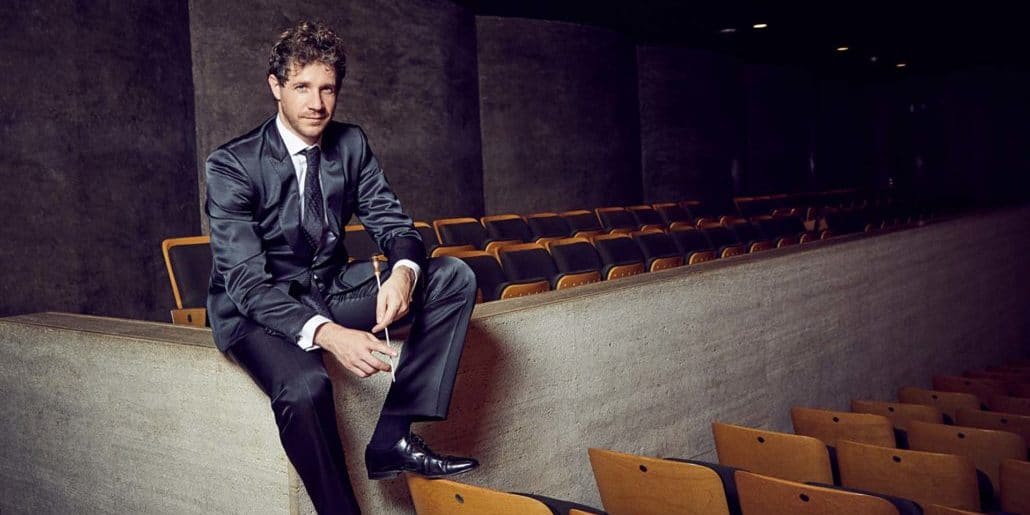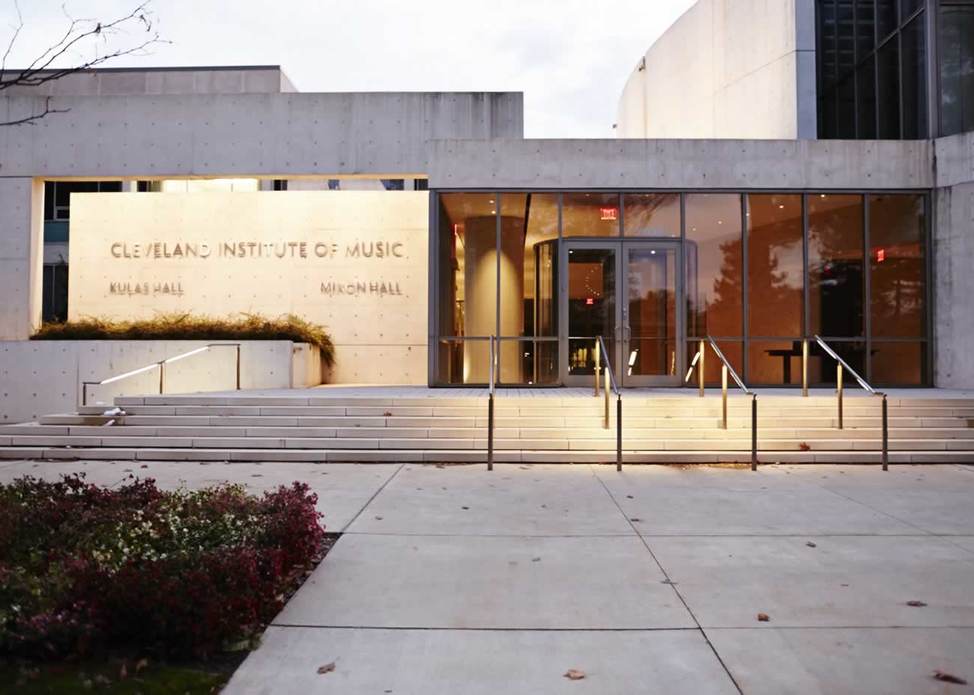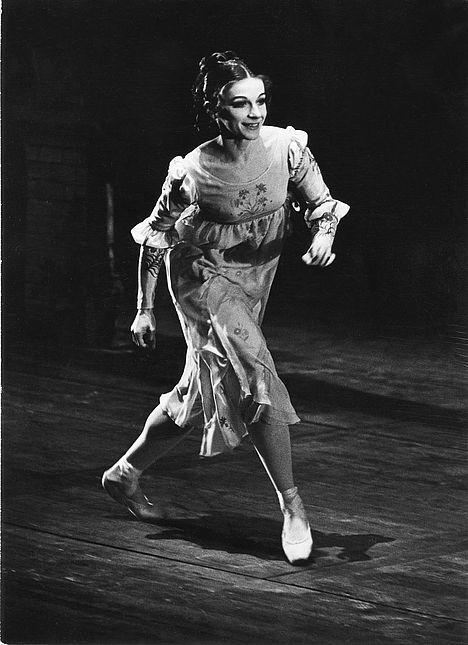Durham Cathedral seeks music director
mainJames Lancelot, organist and master of choristers, has served for 32 years and is ready to step down.
Replacing him won’t be easy and will mean certain change.
Lancelot, formerly at Winchester Cathedral and King’s College Cambridge, is a figure of international renown.






My goodness, that’s an end of an era. Lovely man. I sang in Durham a few times in my career, and James has always been so highly regarded and liked as a man but a fine musician. See how the game of musical chairs pan out within in all the cathedrals when something like this happens! A beautiful place to be!
Yes, it is one of the most impressive architectural ensembles in Europe, and a most beautiful cathedral. One of the holy spots of the UK.
I agree with you. Along with Lincoln, Ely, Salisbury and Winchester, amongst others, Durham is one of the loveliest cathedrals in Britain. I recall visiting it about ten years ago, by chance just at the time when the choristers were rehearsing. It was such a moving experience I have never forgotten it. I wonder if the man leading the rehearsal that day was James Lancelot…..
And all of them stolen by Protestants during the Reformation.
What a ridiculously childish comment. We won’t of course mention the traitorous and treasonous activities of the very many Catholics who plotted to assassinate Queen Elizabeth I, and later, in 1605, to blow up parliament and the royal family in the reign of King James I.
Let us never forget King James’ modern intervention in the printing process of the bible bearing his name: ‘Thou shalst commit adultery’.
That is easy to say if you are not affected by the alienation from cultural heritage suffered by English and Welsh Catholics as a result of the events of the Reformation. The see of Durham, for example, was established in 995 and was, naturally, in communion with the see of Rome. The succession of validly consecrated and lawfully appointed bishops continued until 1561, when James Pilkington became the first Protestant to claim the office of bishop of Durham. A cathedral church has stood on the present site since the foundation of the see in 995, the present building dating from the end of the following century. The cathedral contains the relics of St Cuthbert, venerated within the Catholic Church since shortly after his death in 687, and of St Bede, a Doctor of the Church. Catholics worshipped at Durham Cathedral for more than five hundred hears. Between 1083 and 1540 the cathedral was served by a community of Benedictine monks. Indeed, the English Benedictine Congregation continues to appoint a titular cathedral prior who would serve as prior if the priory were ever to be re-established. The present cathedral, now used for Protestant worship, was built by Catholics to be a place where the sacrifice of the Mass would be offered and where the Blessed Sacrament would be venerated and to be the seat of the chief pastor of the Catholic Diocese of Durham. The chief pastor for Catholics in the northeast of England is now the Bishop of Hexham and Newcastle, whose seat is at the much less impressive St Mary’s Cathedral, Newcastle upon Tyne.
Similarly, for nearly one thousand years, the chief pastors of the Catholic Church in England and Wales were the Archbishops of Canterbury, successors of St Augustine. For Catholics it is a cause of immense sadness that during the archiepiscopate of Thomas Cranmer the office of successor of St Augustine was separated from the office of Archbishop of Canterbury. Today, the successor of St Augustine as chief pastor of the Catholic Church in England and Wales is Vincent Cardinal Nichols, Archbishop of Westminster. It is, of course, a cause of great sorrow for English and Welsh Catholics that our chief pastor is prevented from bearing the title Archbishop of Canterbury and from sitting in the Chair of St Augustine in Canterbury Cathedral, the seat of his predecessors since 597.
England, Our Lady’s Dowry, had been Catholic since the time of the Roman occupation. We know with certainty that three British bishops attended the First Council of Arles in 314. With the Reformation, therefore, at least twelve centuries of cultural heritage were appropriated (and in many instances destroyed) by the new Protestant Church of England. The number of pre-Reformation churches which continue to be used for Catholic worship is negligible. For Catholics who feel a sense of historical continuity with the pre-Reformation Catholic Church in England and Wales, and love the cultural heritage (in particular the art and architecture) of medieval and early modern England, while remaining faithful to the Holy Father, this is a tragedy. I am certain, however, that the Protestant Establishment in England would never allow the restitution of pre-Reformation churches to Catholic congregations, nor pay damages to restore the vandalism committed during the sixteenth and seventeenth centuries.